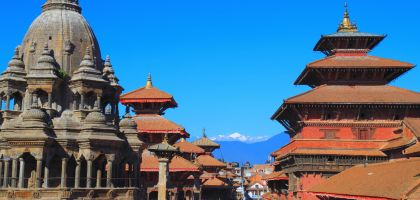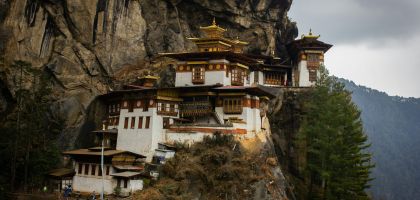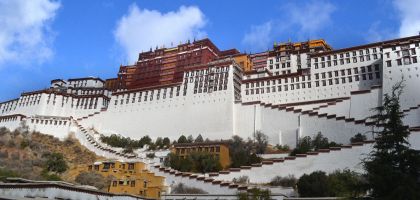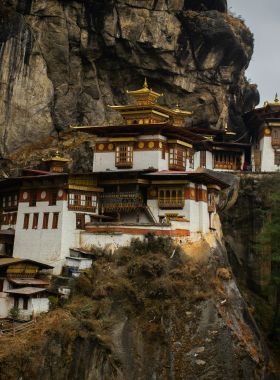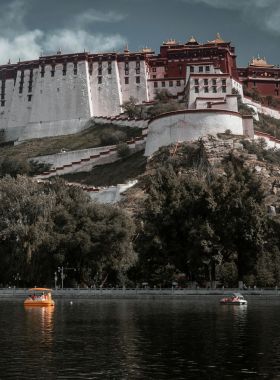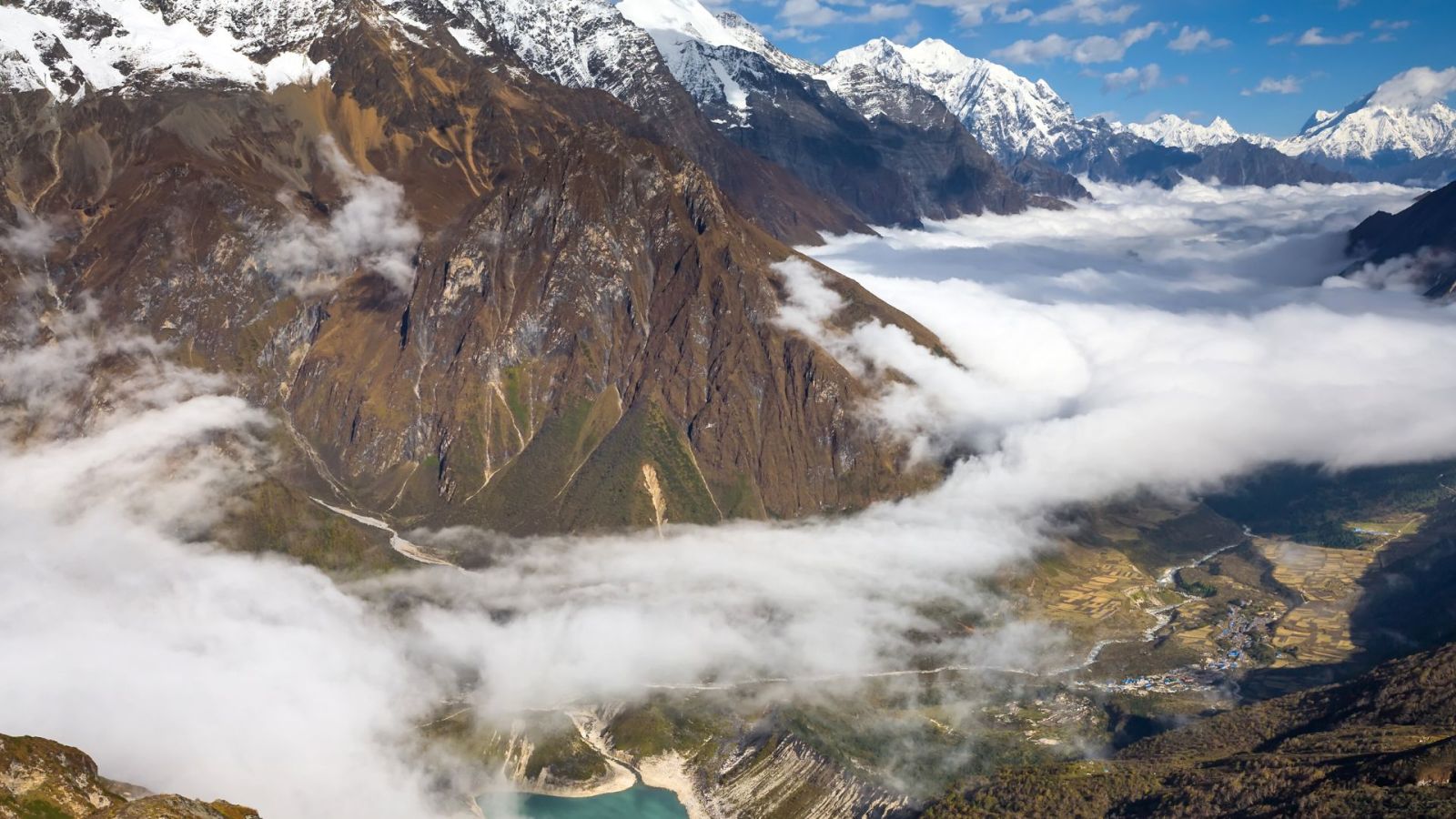Reflections from the Manaslu Circuit Trek
The idea of trekking in Nepal is always attractive, if only because it still promises something elemental. The word “Himalaya” has been overused, commercialized, made into a brand. Yet in Nepal, it still carries weight. It speaks first of spirituality, then of wind and breathlessness, and of the slow ascent into a landscape that humbles you with its size, magnificence, and grandeur. On the Manaslu Circuit Trek, this truth unfolds step by step, through valleys that seem carved by time itself, past stone villages where the air smells of juniper smoke, and into the quiet company of peaks that guard the horizon.
I’ve walked my share of long trails. Some for the beauty, others for the challenge, a few because I didn’t know what else to do with a stretch of time. I’ve followed the crowds to Everest Base Camp, shared benches with the talkative and the short-winded, and watched the spectacle unfold at high altitude. Annapurna had more variety, more food options, more posters of trekking heroes from years gone by.
But this time I was looking for something that hadn’t yet explained itself to everyone. A trail where things were still uncertain. I had read enough to know that Manaslu had permits and checkpoints and maps that still showed blank spaces. That seemed like a good place to begin!
I wanted to walk into a region where people still lived by the mountain, not around it. Where the silence was broken by something other than engines. Where every step felt necessary, not recreational. Manaslu had that reputation. On paper, it was unpolished, slower, a little stubborn. It seemed like a trail that hadn’t learned how to please. That was enough to get me there.
That’s what led me to do the Manaslu Circuit Trek.
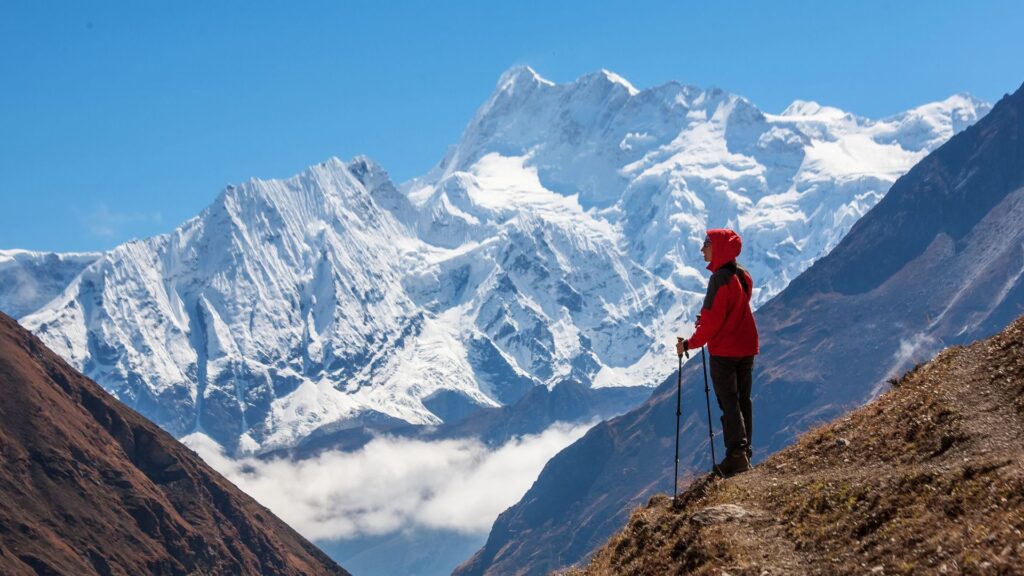
If You’re New to Nepal — Pay Attention to the Map
If you’re new to Nepal, the map can be misleading. The trails look close together, the villages evenly spaced, the mountains conveniently labeled. But paper smooths out the chaos. In reality, Nepal is a country of folds and fractures, where a few centimeters on the map can mean a day of switchbacks and a jeep ride that feels longer than the flight that got you here.
Most people hear about Everest and Annapurna first. They’re well known for a reason. There’s infrastructure, lodging, menus in English, and the comfort of seeing other trekkers every few hours. These are all features of places that have learned how to welcome.
Manaslu Circuit Trek
Manaslu, however, is a different animal. The trail loops around the eighth-highest mountain (8,163m) in the world, following a river north toward the border of Tibet before crossing one of the highest passes in the country. It is classified as restricted. That word might sound ominous, but it mostly means paperwork. You’ll need permits. You’ll need a guide. You’ll need to be okay with uncertainty, potholes, and long days between things. Or just hire an agency that’ll take care of it all!
The restrictions, they’re a filter. They keep the trail a little quieter, the villages a little more themselves. Your guide, once you’re on the trail, stops being a formality and becomes something else, a translator, a walking companion, a reminder that you’re not entirely in charge out here. That’s a good thing.
The First Days: Lush Trails and Long Bridges
After a few days in Kathmandu, where dust settles softly over history, we set off for Machha Khola. The journey unfolded slowly. It went from smooth pavement to rough gravel, then to jagged rock, each mile peeling away the comforts of the city and drawing us closer to the mountains.
The road ended without ceremony, and the walking began. The trail followed the river, always close, always loud. There were rice fields carved into the hills and forests thick with heat. Cicadas buzzed through the afternoon. Waterfalls spilled from high cliffs in threads of silver.
The terrain in the early stages was anything but gentle. The slopes were sharp, and the stones underfoot shifted with every step. It was humid, the kind of walking that made your shirt cling to your back by midday. For someone unfamiliar with trekking, these first days could feel like the hard part, even though the elevation was still modest. The heat, the weight of the pack, the habit of waking and walking without question, are the things that wear you in.
I noticed the villages more than the views. They were quiet in a way that didn’t feel posed. Children walked home from school in blue uniforms. Women laid out maize to dry on flat rooftops. A man led a mule train up a stone path, each animal bearing loads that looked too large. There were no signs. No menus. No performances. Just the ordinary pulse of a place that had been here long before my arrival and would continue unchanged after I left.
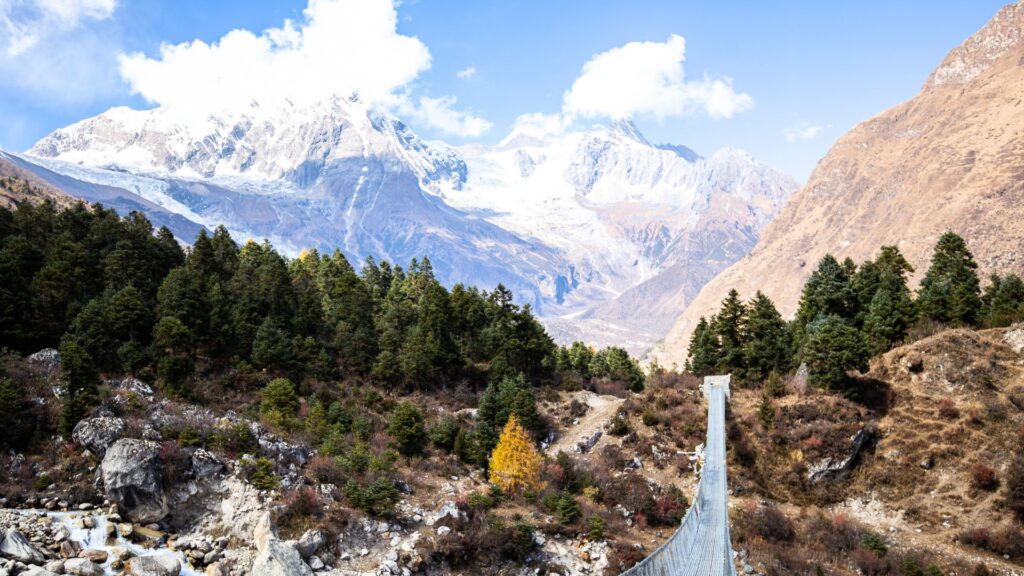
Climbing Higher into the Heart of the Himalayas
Past Namrung, the air cooled and the trail began to tilt toward the high country. Peaks showed themselves gradually, never with drama. Samagaon came soon after, spread wide across a flat valley with grazing yaks and a river of meltwater cutting through it. The mountain stood at its edge like a wall. I stayed longer there than planned. You could walk to Pungyen Gompa or just watch the clouds shift across the ridge.
Pungyen Gompa rests high above Samagaun, a quiet watchtower of stone and gold at 4,700 meters, where the air is thin and the mountains feel close enough to touch. The path there winds for hours through open pastures and moraine slopes, each turn revealing more of Manaslu’s calm and unhurried face. Built some four centuries ago by the Nubri and Tsum Valley communities, the monastery honors Lord Pungyen, guardian of the mountain and its people. Its walls carry the weight of prayers that have gathered here for generations. Inside, butter lamps flicker against dark beams, the low hum of mantras moves like wind through the corridors, and outside, the peaks stand in silent company, holding the horizon in place.
The pass day began early. Headlamps cut through the dark. Cold wind whipped around us. Boots crunched on frozen snow. Larkya La stretched ahead, long and slow. At the summit, the mountains crowded the sky, too many to name, each sharp and remote, their silent grandeur both humbling and fierce. The wind never eased. The descent tested every muscle and step. I was grateful for my spikes, but even more grateful when my feet finally found stillness.
Bimthang sat in a bowl of snow. We reached it late. The lodge had thick blankets and ginger tea. I slept through dinner. By the time we reached Dharapani, the road had returned. There was phone signal, noise, coffee machines. I didn’t miss them. The trail behind us felt like something I hadn’t finished with.
Trekking Manaslu changes how you think about walking in the mountains. It strips away the distractions until all that’s left is the realization of your own breath and the slow passing of clouds in the sky. It asks you to be patient, to listen, to carry your own weight in more ways than one. If you’re willing to meet it on those terms, you’ll find something rare, a quiet reckoning. And in the end, that is what stays with you long after the maps are folded away.
During the entire trek, each day brings a new vista, valleys bathed in morning mist, ancient monasteries perched like sentinels, and wide-open spaces where the silence is so complete it feels like a presence. This is a landscape that demands attention, for its grandeur, and for the quiet, unfolding moments where nature’s artistry reveals itself without fanfare.
